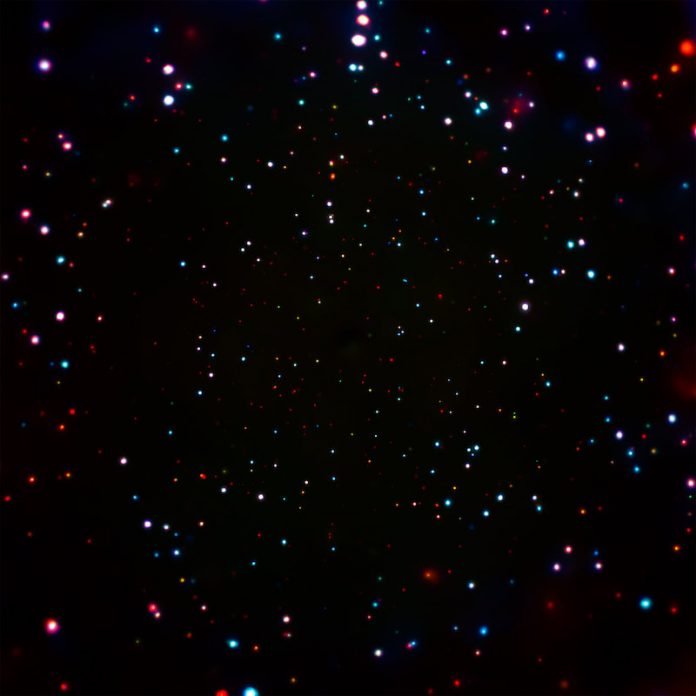
In a new study, researchers have observed the formation of a megastar 6.5 billion light years away.
They found an outburst of X-ray emission from a galaxy 6.5 billion light-years away. The emission is consistent with the merger of two neutron stars to form a magnetar.
The new findings provide clues about the nature of neutron stars and what happens when they collide.
The study was conducted by a team of astronomers from China, Chile, and the Netherlands, and at Pennsylvania State University, the University of Nevada, and the University of Arkansas.
Megastar is a large neutron star with an extremely powerful magnetic field.
A neutron star is a small dense star, whose diameter is about 12 miles on average.
Neutron stars are formed by the collapse of a star massive enough to produce a supernova, but not massive enough to become a black hole.
Previous research has shown that when two neutron stars merge to become a magnetar, the new magnetic field can be 10 trillion times stronger than a kitchen magnet.
In the study, the team aimed to understand better about the physical state of the matter in neutron stars.
They analyzed data from the Chandra X-ray Observatory, NASA’s flagship X-ray telescope.
Chandra is sensitive to X-ray sources 100 times fainter than any previous X-ray telescope, enabled by the high angular resolution of its mirrors.
It was built because the Earth’s atmosphere absorbs the vast majority of X-rays and makes them not detectable from Earth-based telescopes.
The researchers found an outburst of X-rays in the data from the Chandra Deep Field-South survey.
They determined the signals were from the process of two neutron stars forming a magnetar.
A previous study used gravitational waves and gamma rays to observe how two neutron stars merged.
The new observation from the Chandra Observatory’s X-ray data that were consistent with the previous findings of merging neutron stars.
The data were also similar to the calculations about the rate of neutron star mergers detected by gravitational waves and gamma rays.
This suggests that using X-ray data to find exotic merger events in the universe is effective.
One author of the study is Bret Lehmer, assistant professor of physics at the University of Arkansas.
The study is published in Nature.
Copyright © 2019 Knowridge Science Report. All rights reserved.



